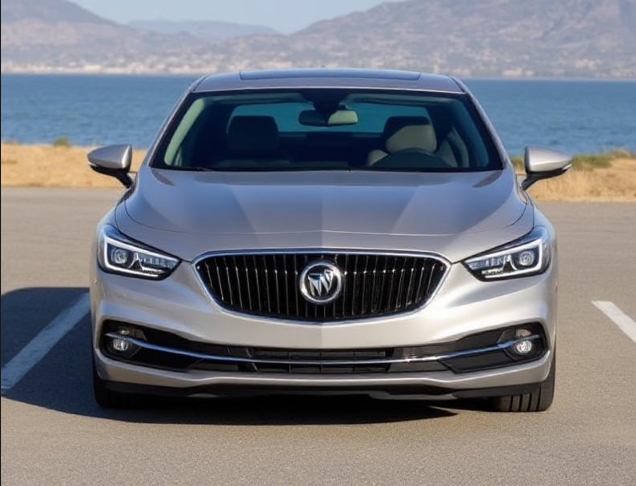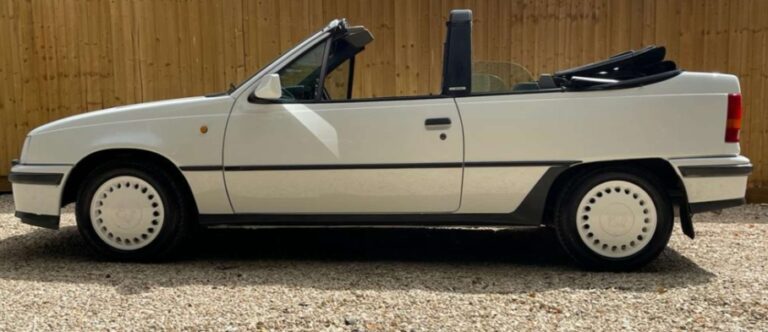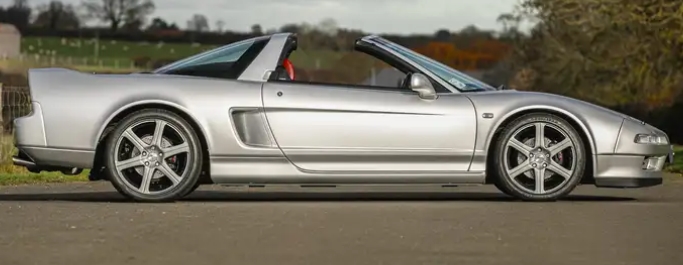The Evolution of the Saab 9-2X
The Saab 9-2X is a unique chapter in automotive history, representing a collaborative effort between Saab and Subaru that resulted in a distinctive compact crossover hatchback. Launched in the early 2000s, the 9-2X bridged the gap between Saab’s Scandinavian design ethos and Subaru’s all-wheel-drive technology, creating a vehicle that appealed to enthusiasts seeking practicality with a touch of sporty flair. This article chronicles the development, models, and trim levels of the Saab 9-2X throughout its brief production run from 2004 to 2007.
Origins and Development
In the late 1990s and early 2000s, Saab sought to expand its lineup of vehicles to include a smaller, more affordable model aimed at younger buyers and urban drivers. Recognizing the strength of Subaru’s platform, Saab entered a strategic partnership with Subaru of Japan. This collaboration culminated in the creation of the Saab 9-2X, which was essentially a rebadged Subaru Impreza WRX and WRX Wagon, tailored to meet Saab’s premium standards.
The development of the 9-2X was driven by the desire to combine Subaru’s robust all-wheel-drive technology and sporty performance with Saab’s distinctive Scandinavian design and safety features. The result was a compact, sporty crossover hatchback that shared much of its mechanical underpinnings with Subaru’s Impreza WRX but featured unique styling cues and luxury appointments characteristic of Saab.
Production Timeline
The Saab 9-2X was produced between 2004 and 2007, with most models being sold as 2005 to 2007 model years. The production was limited to a few years, reflecting Saab’s strategic decision to offer a niche vehicle rather than a volume model. The 9-2X was assembled at Subaru’s plant in Lafayette, Indiana, and was sold primarily in North America, with limited exports to other markets.
Model Overview and Trim Levels
The Saab 9-2X was offered mainly in two primary variants, reflecting the underlying Subaru platform:
1. Saab 9-2X Linear (Base Model)
- The Linear trim was the entry-level offering, emphasizing practicality and affordability.
- It was equipped with a 2.0-liter turbocharged four-cylinder engine (EJ20 Turbo), producing approximately 165 horsepower.
- Standard features included air conditioning, power windows and locks, cruise control, a six-speaker audio system, and alloy wheels.
- The Linear was designed for buyers seeking a sporty yet economical vehicle.
2. Saab 9-2X Aero (Performance Model)
- The Aero trim was the high-performance variant, directly derived from Subaru’s WRX STI models.
- Powered by a 2.0-liter turbocharged four-cylinder engine (EJ20 Turbo), but with modifications for enhanced performance, producing approximately 227 horsepower.
- Features included a sport-tuned suspension, sportier styling cues, larger alloy wheels, and a more aggressive front fascia.
- The Aero also typically included sport seats, a leather-wrapped steering wheel, and upgraded audio options.
- This trim appealed to enthusiasts looking for a more spirited driving experience.
Model Year Changes and Features
2005 Model Year:
- The Saab 9-2X was officially introduced for the 2005 model year, with deliveries beginning in late 2004.
- The initial lineup consisted of the Linear and Aero trims.
- The Linear was available with a standard 2.0L turbo engine, with manual or automatic transmissions.
- The Aero featured a sportier suspension and unique styling elements, including a rear spoiler and fog lights.
- The interior offered optional leather seats and premium audio systems.
- Saab emphasized safety features, including front airbags, side airbags, stability control, and anti-lock brakes.
2006 Model Year:
- Minor updates included the availability of new exterior colors and slight interior trim refinements.
- The Linear trim remained the base model, with standard features similar to the initial release.
- The Aero trim continued to be the performance flagship, with no significant mechanical changes but some upgrades to the stereo and interior materials.
- Saab introduced a “Sport Package” option for the Aero, which included lowered suspension, larger wheels, and sport-tuned suspension components.
- The 2006 model also marked the beginning of limited availability of optional features like a sunroof and heated seats.
2007 Model Year:
- The final year of production saw the continuation of existing trims with minimal changes.
- Saab reduced the number of optional packages but maintained the core features.
- The 2007 model year was the last for the 9-2X, as Saab decided to exit the compact crossover segment.
- Limited editions or special packages, such as the “Aero Sport” model, were occasionally offered in some markets.
.

.
Mechanical Specifications and Performance
The Saab 9-2X shared its core mechanical components with Subaru’s Impreza WRX models, which contributed to its sporty handling and all-weather capability:
- Engines:
- 2.0-liter turbocharged EJ20 four-cylinder engine.
- Power output varied between 165 hp in the Linear and 227 hp in the Aero.
- Transmission Options:
- Five-speed manual transmission.
- Four-speed automatic transmission (more common in the Linear trim).
- Drivetrain:
- Symmetrical all-wheel drive (AWD), a hallmark of Subaru’s engineering.
- Performance:
- 0-60 mph times ranged from approximately 6.0 to 6.5 seconds for the Aero.
- Top speeds around 140 mph, depending on the model and conditions.
The vehicle’s suspension was tuned for sporty handling, with the Aero trim featuring a sport-tuned suspension and larger brakes for improved performance.
Design and Styling
While mechanically related to Subaru’s Impreza WRX, the Saab 9-2X featured distinctive styling cues inspired by Saab’s design language:
- Exterior:
- Unique front grille with Saab’s signature grille shape.
- Distinctive front and rear bumpers, with Aero models featuring sportier accents.
- Optional sunroof and roof rails.
- Alloy wheels specific to each trim level.
- Interior:
- Saab’s signature driver-focused cockpit.
- High-quality materials, with options for leather upholstery.
- Instrument cluster with unique Saab styling.
- Optional premium audio systems and leather-wrapped steering wheel.
Market and Legacy
The Saab 9-2X was a niche vehicle, primarily sold in North America, where it filled the gap for a sporty, all-wheel-drive compact hatchback. Its limited production run and shared platform with Subaru made it somewhat of a collector’s item among enthusiasts.
However, due to Saab’s financial challenges and strategic shifts, the 9-2X was discontinued after 2007, replaced in Saab’s lineup by other models such as the Saab 9-3 and 9-4X. Its legacy remains as an example of innovative collaboration between automakers and a testament to Saab’s distinctive approach to automotive design.
Conclusion
The Saab 9-2X’s brief but notable existence exemplifies a period of strategic partnership and shared engineering between major automakers, blending Saab’s brand identity with Subaru’s engineering prowess. Produced from 2004 through 2007, it offered two primary trims—Linear and Aero—each catering to different customer needs. With its sporty performance, distinctive styling, and all-wheel-drive capability, the 9-2X remains a unique piece in the history of small crossovers and enthusiast vehicles.







